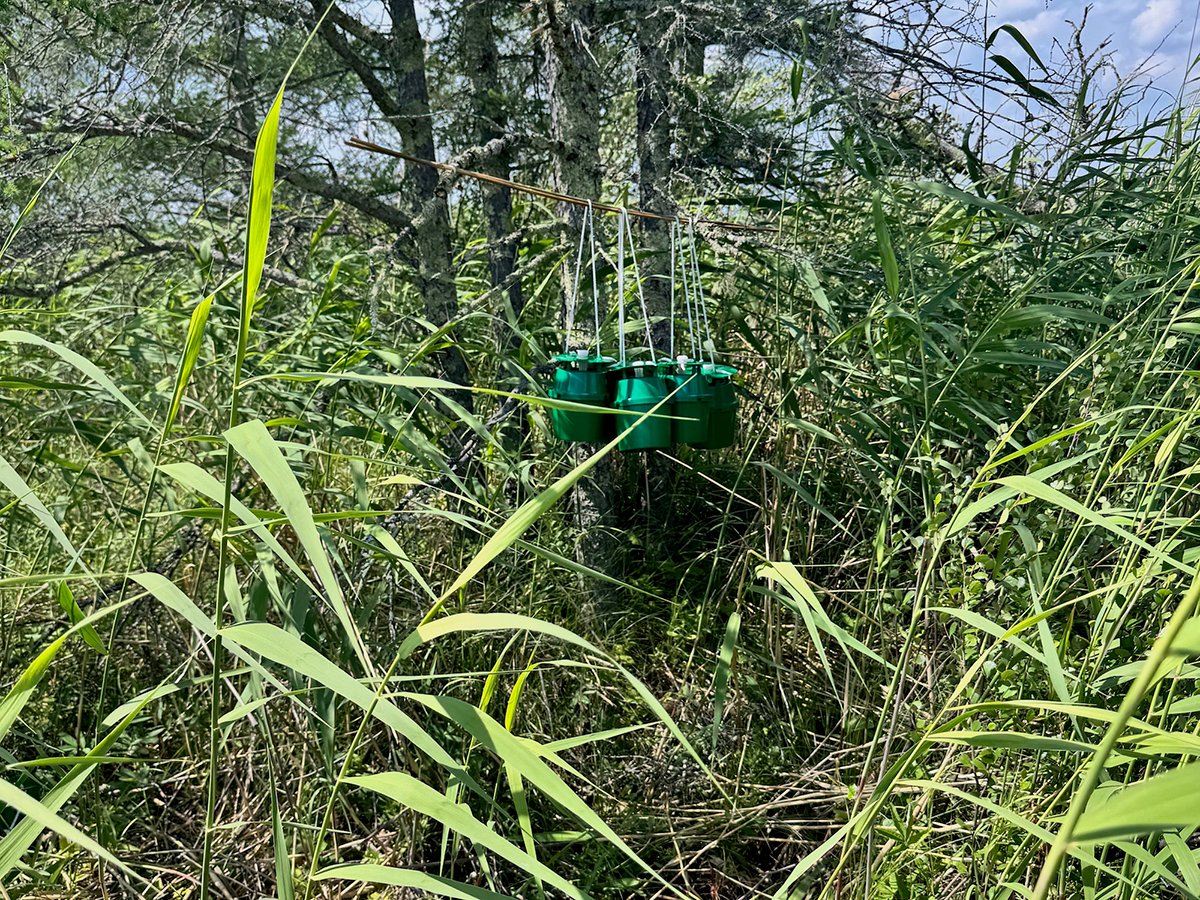DIDSBURY, Alta. – If two similar crops were planted side by side on the same day with varying levels of nitrogen and herbicide treatment, would there be a noticeable difference at harvest?
That “what if” scenario was the theme of a two day agriculture expo sponsored by Parkland Agri-Services, a private retailer with outlets across Alberta.
More than 400 farmers were shown the results of experiments that subjected different grain and oilseed varieties to varying seed treatments and then assessed the results with new computer technology to help growers get the most out of a crop.
Read Also

Worm devastates northern wild rice harvest
In the past five years, harvesters in various parts of northern Saskatchewan have been affected by wild rice worms, which destroy crop and devastate peoples’ livelihoods.
The expo invited companies such as Dow Agro Sciences, Monsanto, Syngenta and Bayer CropScience to showcase new varieties and chemistries on 80 plots on 50 acres near Didsbury, Alta.. Parkland expects to collect 600 separate harvest samples.
Companies were also told to be prepared to talk about what worked and what didn’t, said Parkland marketing manager Greg Overwater.
He said new technology can improve a good crop with more selective and better fertilizer use, and new crop varieties.
It can improve yields by 10 bushels per acre, he said, which translates into significant money.
This area of central Alberta was spared some of the poor growing conditions that have downgraded many crops in the province because of drought and cold weather.
Nevertheless, spring seeding conditions were dicey. Planting started May 6 into soil that didn’t warm up beyond 4 C for two weeks, said Pat Hemminger, wholesale seeds manager for Ag Seeds Canada, a division of Parkland.
“We learned how frost tolerant crops are. We learned the value of seed treatments in a trying year like this. It is all about value for your dollar.”
Some crops sustained damage and this fall researchers will assess how different varieties of grain and oilseeds withstood bad weather and other stresses.
Agrologist Brandon Green said seed treatments may have saved some plots because they nourished struggling plants by providing extra carbohydrates.
Modern seed treatments have attached nutrient ions such as zinc to carbohydrates to feed the seedlings in those early days.
“You force feed the plant because you have the nutrient attached to it,” he said.
“In this country, getting that seedling plant jumping out of the ground is pretty important.”
The expo also touted the virtues of farming using satellite and computer.
Parkland offers a service called Field Insight that scans crops to estimate fertilizer requirements. The satellite can view a plot 60 by 60 feet and a computer program then advises how much fertilizer to apply to different locations in the field.
The variable rate fertilizer system may not reduce total nitrogen costs but it could make better use of fertilizer, said Leigh Dudley of Parkland.
“Where the system shines is where you are growing a good crop, there is more potential than you realize.”















